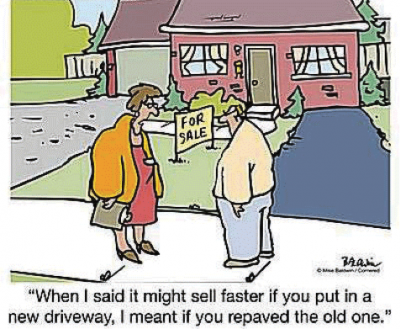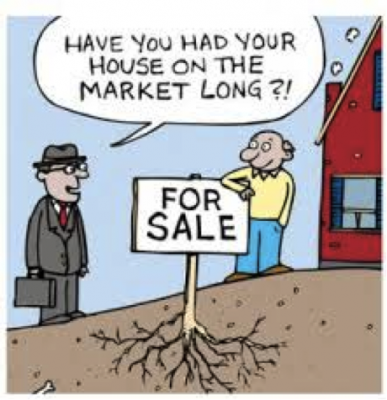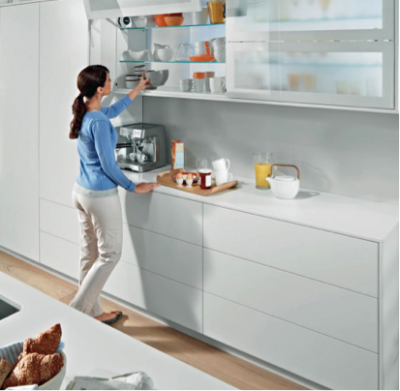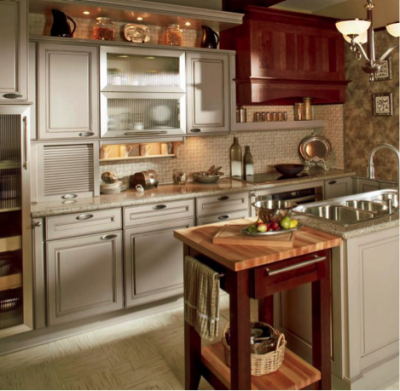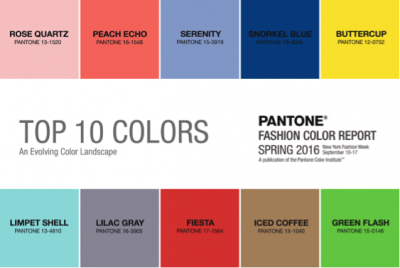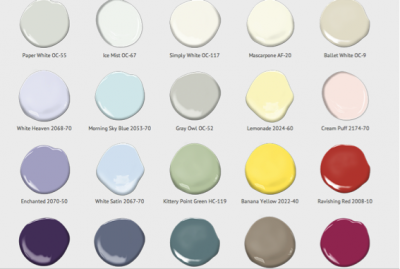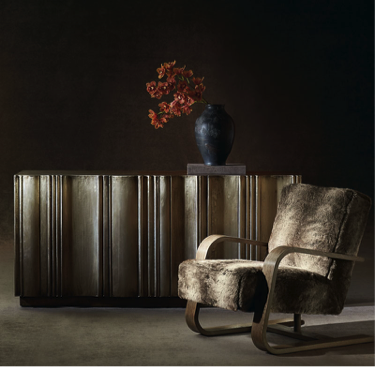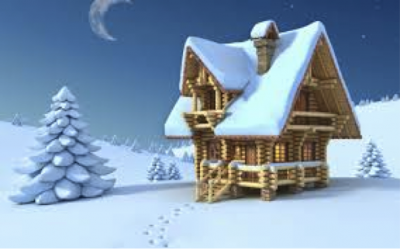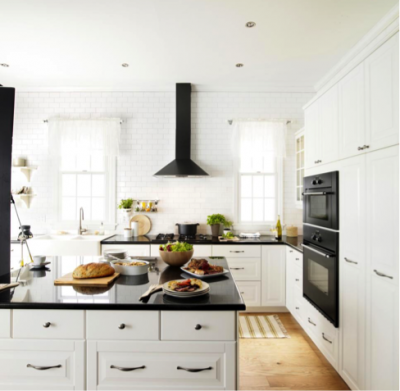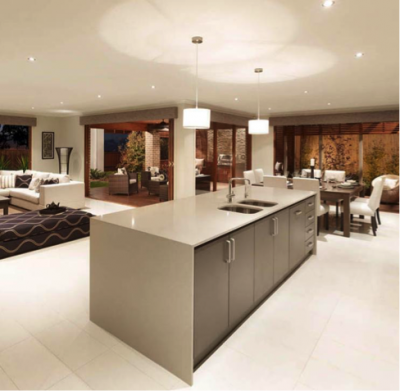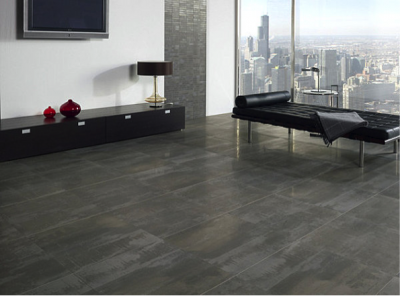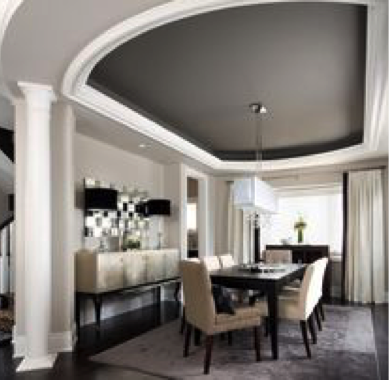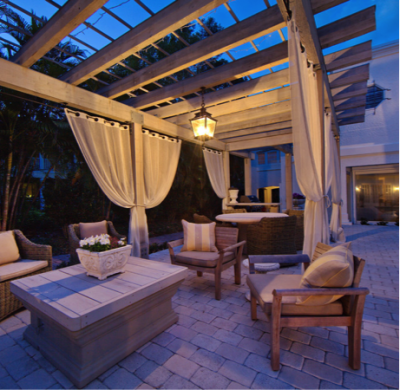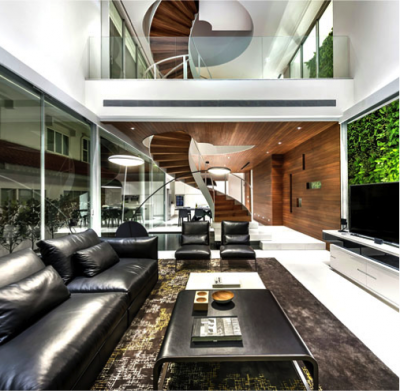Last time, we focused on commonly overlooked home staging tips. This time, we are continuing along those lines with some common mistakes that home sellers routinely make when staging their homes to sell.
When selling your home, it’s easy to make mistakes. Here are a few tips to help you avoid some of the most egregious errors:
1. Overdoing one color/theme. You may have heard that sticking to a theme in each room—particularly when choosing colors or decorations—is important. But equally as important is keeping a balance. You don’t want your buyers to be so distracted by one theme or color that they miss the finer points of your home.
2. Underestimating the power of natural light. No matter how beautiful the home, a dark room is usually not a winner. Remove dark or heavy curtains and try not to obscure windows with large furniture; this will help your buyer visualize your home’s full potential.
3. Failing to maximize space. Buyers love storage space and anything that screams of lots of storage—big closets, built-in bookshelves, etc. Make sure you clean out all of your closets, armoires, shelves, etc. before you show your home, because buyers will likely poke around in them to see how much space you have. One stager recommends investing in a few cute baskets or storage containers to hold small items, if you don’t have time to completely declutter before your first showing.
4. Using poor quality photos in online posting. Many, if not most, buyers start their house hunting with online searching. According to one realtor featured in Realtor Mag, “Most of your selling is online. You’ve got about five seconds to get them to look at the house before they go on to another one. That’s how critical photography is.” If you aren’t using professional assistance, make sure you have a good camera and tripod, and take multiple shots at different exposure settings.
Taylor Henley is an employee of Stage to Move. She collaborates with owner and home staging expert Kara Woods to produce blog posts that reflect the expertise and innovative design strategies of Stage to Move.
